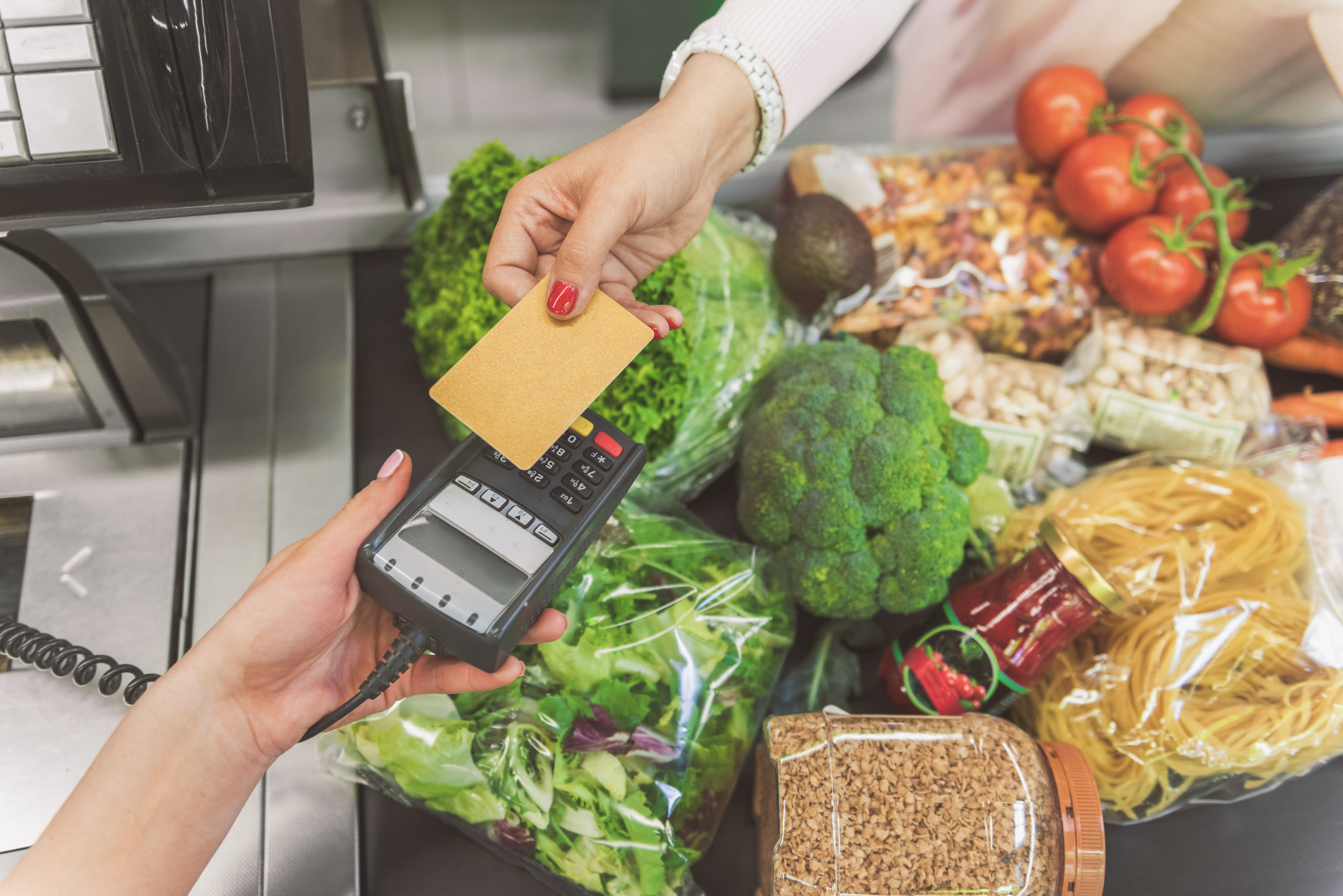Eating healthy is expensive right? Wrong! Sure, junk food items like cookies and potato chips are more likely to be on special offer than fruit and veg, but that doesn’t mean you’ve got to empty your wallet to fill your fridge with healthy food.
It is fair to say that some items on a healthy grocery shopping list can be expensive. But research shows that consumers overgeneralize this belief to infer that healthy = expensive. As a result, they make choices based on cost rather than nutritional values and are suspicious about the healthiness of cheaper foods.
Luckily, we’re here to highlight how not only is healthy grocery shopping on a budget possible, but it’s also a lot easier than you think. Keep reading to find out more!
Shop Seasonally
A healthy grocery shopping list should include a lot of produce, but what’s the best way to save money on fresh fruits and vegetables? By shopping whatever produce is in season.
Seasonal produce tends to be cheaper since it’s more abundant around that time of year. For example, in fall you’re more likely to find vegetables like pumpkins, parsnips, and sweet potatoes for a good price. In contrast, if you see strawberries on sale in winter, they’re more likely to be expensive because they’re not in season.
As a bonus, seasonal produce often tastes better and provides us with the nutrients our bodies need more of at that time of the year.
Opt for Frozen or Canned Alternatives
If the produce item you want doesn’t fit your budget or is out of season, one of our top healthy grocery shopping tips is to buy it frozen or canned.
Picked while they’re at peak freshness levels, canned and frozen produce can even be more nutritious than fresh produce since the canning and freezing processes lock in the nutrients fast. Canned and frozen options also tend to be a more budget-friendly choice, allowing you to fill your plate with more produce for less.
Having a selection of frozen and canned produce at home also makes it easier to come up with nutritious and delicious home-cooked meals. And, with plenty of healthy and nutritious ingredients on hand, you’ll be less likely to waste your food budget on takeouts.
Shop According to Special Offers
Despite what many people think, healthy grocery shopping doesn’t have to mean buying the most expensive items. But shopping around and stocking up during special offers can make healthy eating even better for your wallet.
To find out about the best supermarket deals, make sure to save store flyers, gather money-saving coupons, follow this Kroger weekly ad site, and download store apps.
Then, armed with a list of discounted groceries and a stack of coupons, plan your week’s meals around these foods. This will make it easier to write a healthy grocery shopping list and shop according to these special offers when you head to the store.
It’s also a good idea to stock up on healthy non-perishable foods whenever they’re on special offer, as well as any items that are easy to freeze, such as meat, fish, and certain produce items. Better yet, use special offer ingredients to make batches healthy meals to freeze for those nights when you don’t feel like cooking.
Go for Grains
Grocery shopping tips for healthy eating often advise going back to basics with your grocery list.
By basics, we mean pantry staples like whole grains and dried beans. Brown rice, whole grain pasta, and rolled oats all pack in a lot of nutrition for less. These foods are also filling and versatile, making it easier for you to prepare delicious and nutritious meals while helping your family cut down on unhealthy snacks.
Dried and canned beans, lentils, and chickpeas should also be a permanent fixture in your pantry. Buy these legumes in bulk and incorporate them into curries, stews, and pasta dishes to add extra fiber and plant protein to your cooking. What’s more, you can make some big savings by whipping homemade versions of foods we tend to buy ready-made, such as falafel and hummus.
Keep Meat to a Minimum
Meat is often the most expensive ingredient in any recipe, especially if you go for lean, organic cuts. As such, another of our tips for grocery shopping healthy food is to cut down on the amount of meat you buy.
By all means, stock up on meat if it’s on special offer or you have a money-saving coupon. Where possible, cook up big batches of Bolognese and chili con carne with this meat and freeze them. This will mean that you’ll have healthy and hearty meat dishes ready to eat, even if you haven’t been able to buy fresh meat that week.
Planning several meatless meals each week is another great way to avoid spending so much of your budget on meat. There are plenty of ways to make sure you’re still getting enough protein by including beans, eggs, and nuts for a cost-effective and nutritious solution. Or, a clever way to use less meat is to substitute half the meat in a recipe with beans or chopped vegetables.
Healthy Grocery Shopping on a Budget
As this guide shows, there are plenty of budget-friendly foods that provide a lot of nutritious benefits.
And, while canned foods are always a cheap and healthy option, healthy grocery shopping on a budget doesn’t mean that you’ll have to forgo fresh foods altogether. It’s just a case of knowing when and where to buy them to get the best deals so that your money can go further.
For more of the best lifestyle tips and health news, be sure to check out our other blog posts.

Leave a Reply